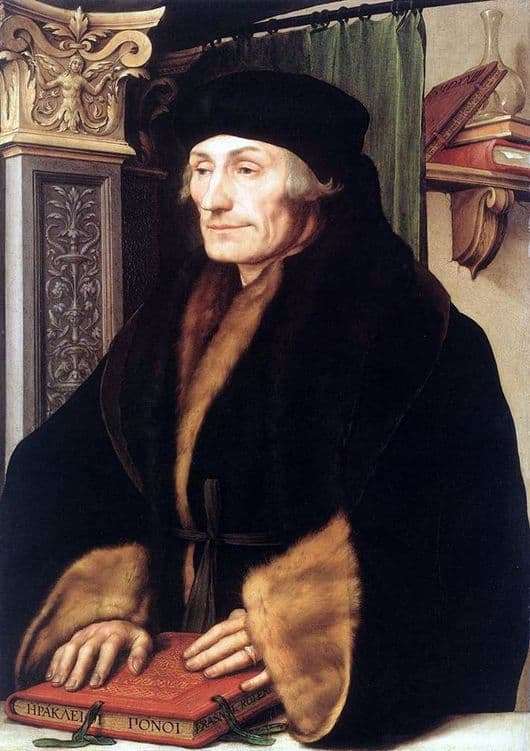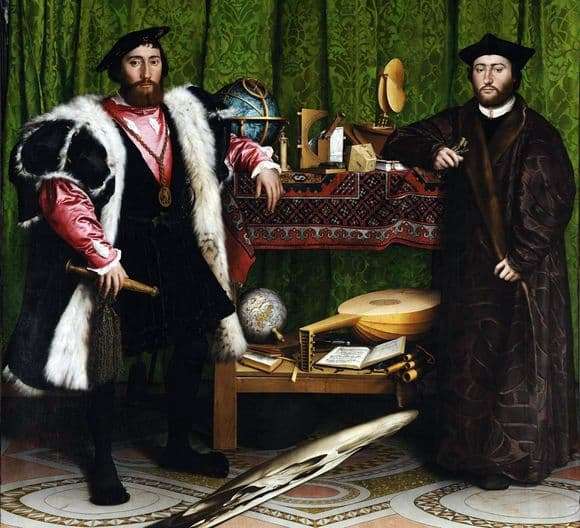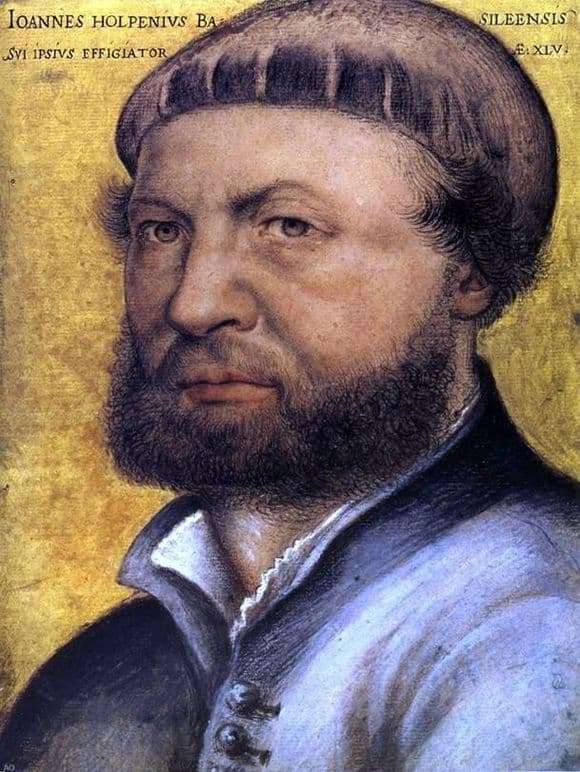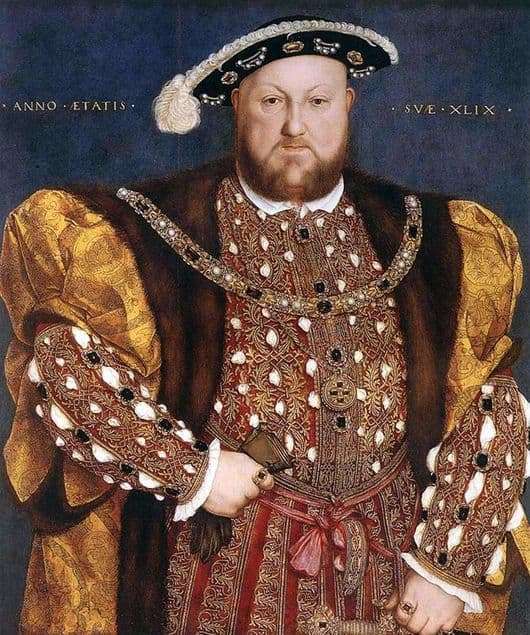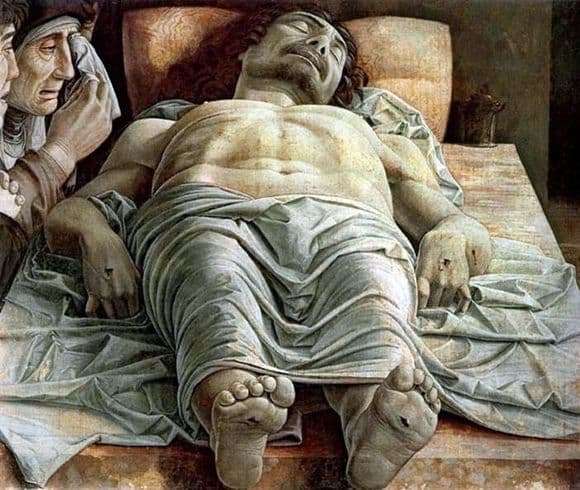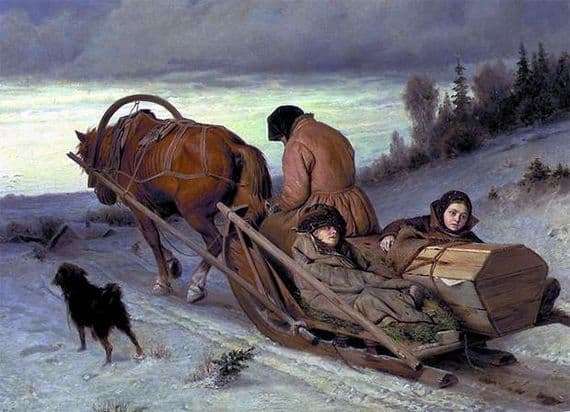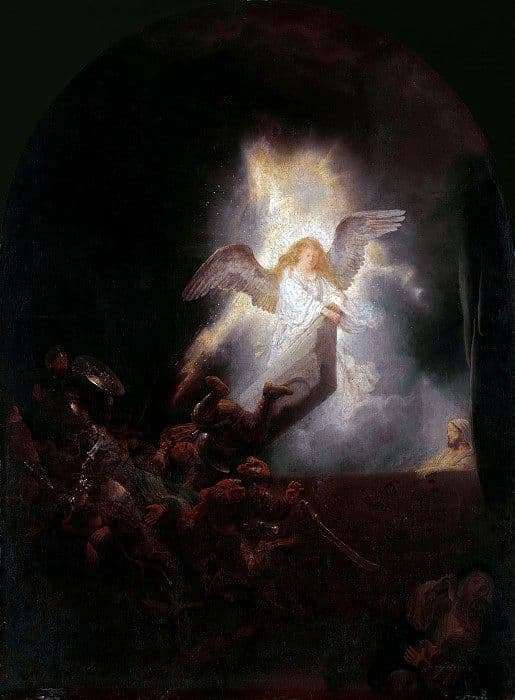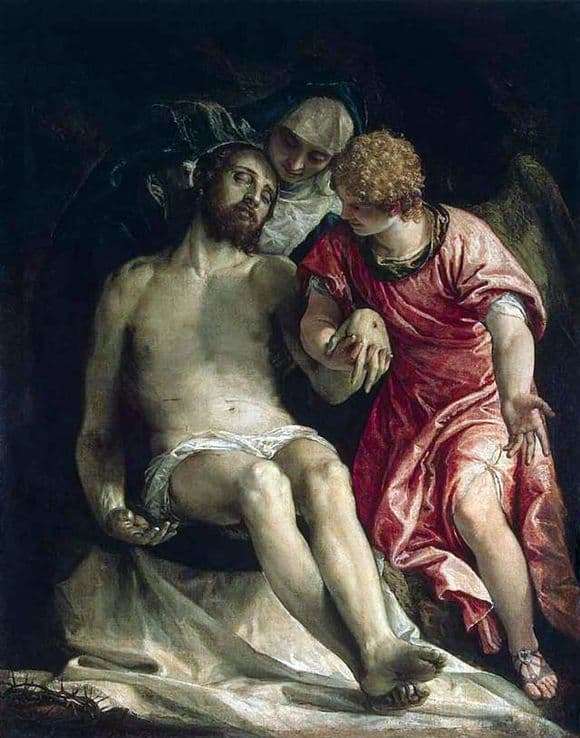
Holbein – one of the greatest German artists. He lived in the 16th century, was not rich, did not disdain handicraft work, most often wrote on religious or mythological themes. It is characterized by lightness and liveliness of the hand, attention to detail, some caustic sarcasm and the absence of a penchant for flattery. Among his paintings are portraits and frescoes, icons for noble families and work “for the soul”, which, as a rule, seem to descendants to be the most worthwhile.
“Dead Christ” is written against all canons, in a peculiar manner of daring and even a bit creepy. Usually Christ, portrayed in a coffin, seems to be majestic and calm to artists, even in death, retaining some divine dignity. He is untouched by decomposition, he wears clean clothes, he looks wholly ready for his own triumph over death.
Holbein’s “Dead Christ” is a common, totally human corpse. He was already numb, visible a wound from a spear under his ribs, bloody wounds on his hands and feet from nails, scratches on his forehead. His hair stuck together and stuck together in a koltun, his glassy eyes rolled up, his mouth parted, and already a slight shadow of corruption was visible, which is not surprising given the three-day sentence in the coffin. There is neither greatness nor quiet peace in it. He looks the same as any dead crucified.
Many consider this picture a consequence of the godlessness of Holbein. Dostoevsky, through the mouth of Prince Myshkin in The Idiot, spoke of her: “After all, from such a person and faith may disappear.” Others believe that all ugliness, all the emptiness and the abomination of death was shown by Holbein precisely so that the resurrection was brighter and more delightful. From real death, genuine, with all its filth and disgust – into eternal life, into incorruptibility and peace.
Definiteness, however, no. The artist himself has been in the grave for several centuries and will not explain anything to anyone.
Description of the painting by Hans Holbein “Dead Christ”
